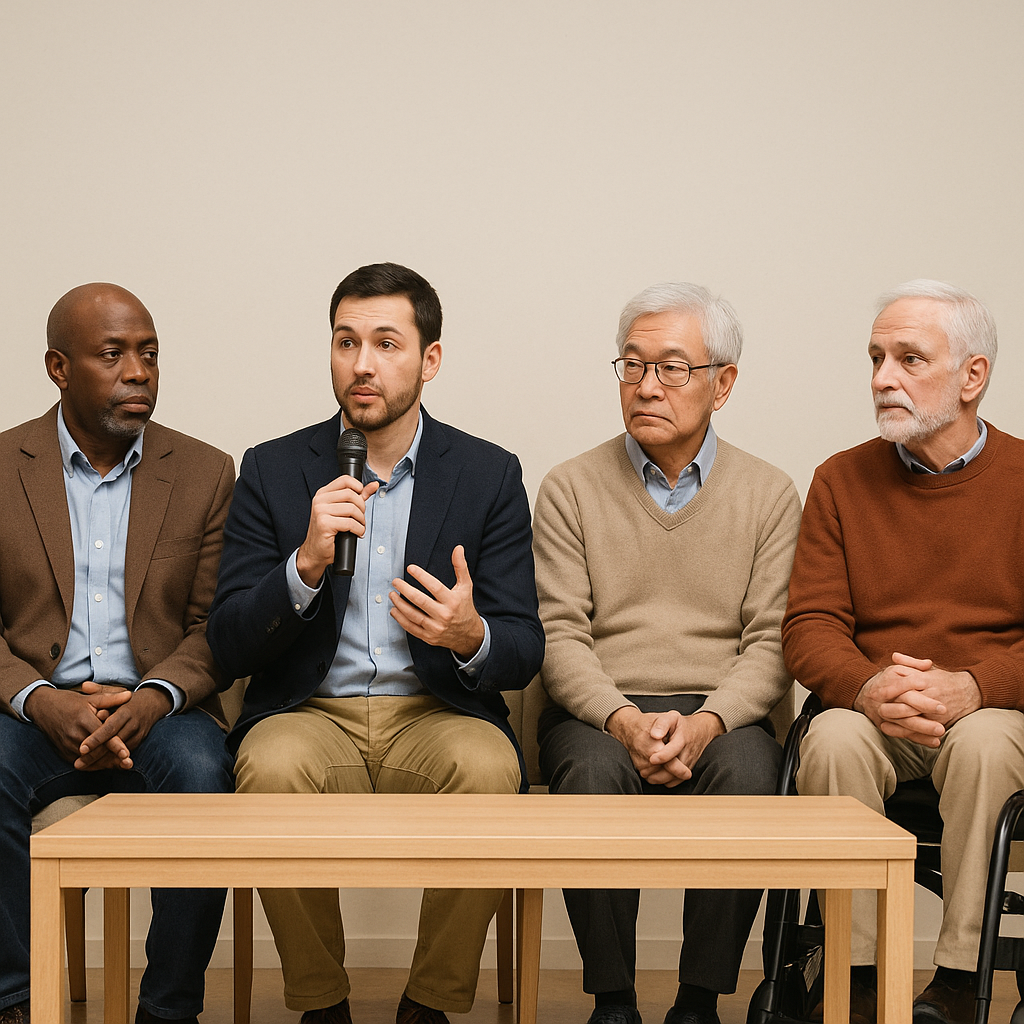Resilience & The Sacred Path
In our program, we talk about The Sacred Path in the healing journey. The Sacred Path is an integrated approach to healing that focuses on the interconnectedness of the mind, body, and spirituality.
For survivors of childhood sexual abuse, the trauma can have long-lasting effects on their physical, emotional, and spiritual well-being. The Sacred Path provides a way to process these effects by incorporating practices that nurture all aspects of the self.
One of the key elements of the Sacred Path is the recognition that healing is a journey, not a destination. At The Gatehouse, you will often hear facilitators and staff reinforce the notion that healing is not linear, and it isn’t! It is a process that requires patience, self-compassion, and a commitment to growth and change. This shift in perspective can be particularly important for survivors of childhood sexual abuse, who may have experienced a sense of powerlessness and hopelessness as children.
The Sacred Path also emphasizes the importance of mindfulness and self-awareness in the healing process. By becoming more attuned to our thoughts, emotions, and physical sensations, we can better understand how the trauma of childhood sexual abuse has affected us and begin to develop strategies for coping and healing.
Another important aspect of the Sacred Path is a connection to community and support. Survivors of childhood sexual abuse may feel isolated and alone in their experiences, and connecting with others who have gone through similar trauma can be a powerful source of healing and validation. This is the work of The Gatehouse, to connect survivors with other survivors and find validation, safety, and support in the peer support group journey.
Survivors of childhood sexual abuse can start on their Sacred Path by taking small steps towards healing and self-care. Here are some ideas to get started on your own path:
- Seek professional help: Survivors of childhood sexual abuse may benefit from the support and guidance of a mental health professional who specializes in trauma and healing. A therapist or counselor can help survivors develop coping strategies, process their emotions, and develop a plan for healing.
- Practice self-care: Self-care can be an important part of the healing journey. Survivors can begin by identifying activities that help them feel grounded and centered, such as mindfulness practices, yoga, or spending time in nature. Nurturing the body, mind, and spirit can help survivors build resilience and begin to heal.
- Connect with others: As mentioned earlier, community connection can be a powerful source of healing for survivors of childhood sexual abuse. Survivors can seek out support groups, online forums, or other resources where they can connect with others who have gone through similar experiences.
- Cultivate self-awareness: Developing self-awareness can be an important part of healing. Survivors can begin by paying attention to their thoughts, emotions, and physical sensations, and learning to identify triggers or patterns that may be impacting their well-being. This can help survivors develop coping strategies and create a plan for healing.
- Set boundaries: Boundaries can be an important part of the healing process. Survivors can begin by identifying situations or people that may be triggering or harmful, and developing strategies for setting and maintaining healthy boundaries.
- Find meaning: Survivors can find meaning in their experiences by connecting with a higher purpose or something greater than themselves. This can involve spiritual practices, creative expression, or other forms of self-discovery.
Everyone’s healing journey is different. Be kind to yourself.

